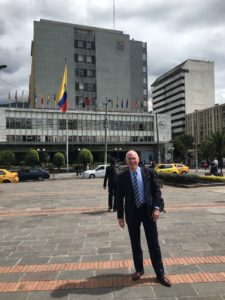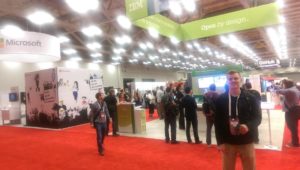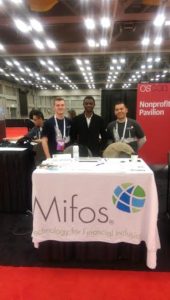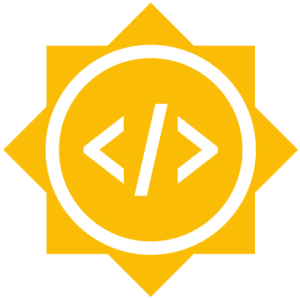Infrastructure: Mifos X vs. Apache Fineract
As we’ve made the transition to moving development over to our Apache Fineract community, we have added some additional layers of complexity and confusion. We now have multiple mailing lists, multiple issue trackers, and multiple source code repositories. We’ve tried to address these in various webinars and developer meetings but wanted to make clear where you should go to ask questions, where you should go to report issues, and where you should go to grab the source code.
Mifos X versus Apache Fineract
A line of clarity we must first draw is Mifos X vs. Apache Fineract. Prior to the transition to becoming an Apache project, Mifos X was the software platform. From the moment we became an Apache project, Mifos X, the software platform became Apache Fineract. Mifos X now refers to the open source product distribution led by the Mifos Initiative that is built on top of Apache Fineract. Just as Musoni Services provides Musoni System or Conflux Technologies provide Finflux, Mifos X is another distribution on top of Apache Fineract.
The Mifos X distribution is an entire out-of-the-box solution that is a value-added distribution for financial inclusion. which includes a web app (formerly referred to as community app), a mobile app for field officers, soon a mobile app for clients, reports powered by Pentaho and a data import tool. This distribution is released and available for download via SourceForge from the payments.mifos.org website. It is directed towards partners and user looking for a readily deployable solution including the Apache Fineract platform, a web user interface, and corresponding mobile apps.
The Apache Fineract is a general core banking system with just the back-end and APIs and no front-end. Developers and Innovators looking to build on Apache Fineract should go directly to GitHub and grab the source code for Apache Fineract (see below).





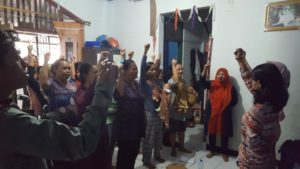 As we arrived, the group already has gathered and was waiting for us. You could feel happiness and tension all around as the purpose of the meeting was to start a new cycle and disburse loans. The meeting started with a prayer and the KKI pledge shouted by all attendees (including us) in unison.
As we arrived, the group already has gathered and was waiting for us. You could feel happiness and tension all around as the purpose of the meeting was to start a new cycle and disburse loans. The meeting started with a prayer and the KKI pledge shouted by all attendees (including us) in unison.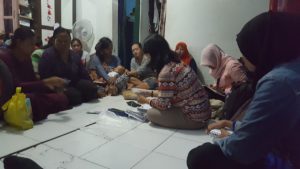 Then some rustling noise appeared … paper magically came out of nowhere. For me it was hard to believe: attendance lists, application forms (of every member), ID card copies, disbursement sheets, and agreement forms. Given that the meeting was a joint meeting of two groups, there were over 50! pages of paper, at least.
Then some rustling noise appeared … paper magically came out of nowhere. For me it was hard to believe: attendance lists, application forms (of every member), ID card copies, disbursement sheets, and agreement forms. Given that the meeting was a joint meeting of two groups, there were over 50! pages of paper, at least.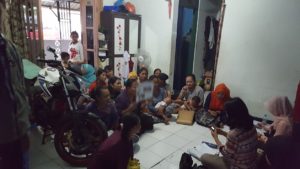 me of Dreams” to all. What is a “Frame of Dream” you may ask. It is a blank surface that every member needs to fill with the goals she wants to reach, e.g. education for her children, better housing, or growth of her small enterprise.
me of Dreams” to all. What is a “Frame of Dream” you may ask. It is a blank surface that every member needs to fill with the goals she wants to reach, e.g. education for her children, better housing, or growth of her small enterprise.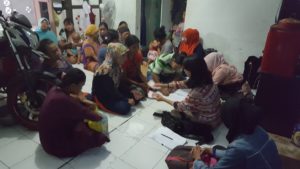 one, was sitting in front of KKI’s employee, the loan amount was stated out loud, and then cash was counted and handed over. Every member then signed off the payment in the disbursement sheet and the agreement form.
one, was sitting in front of KKI’s employee, the loan amount was stated out loud, and then cash was counted and handed over. Every member then signed off the payment in the disbursement sheet and the agreement form.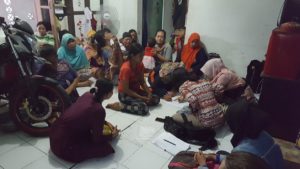 The closing of the meeting included a prayer and the KKI pledge again.
The closing of the meeting included a prayer and the KKI pledge again.
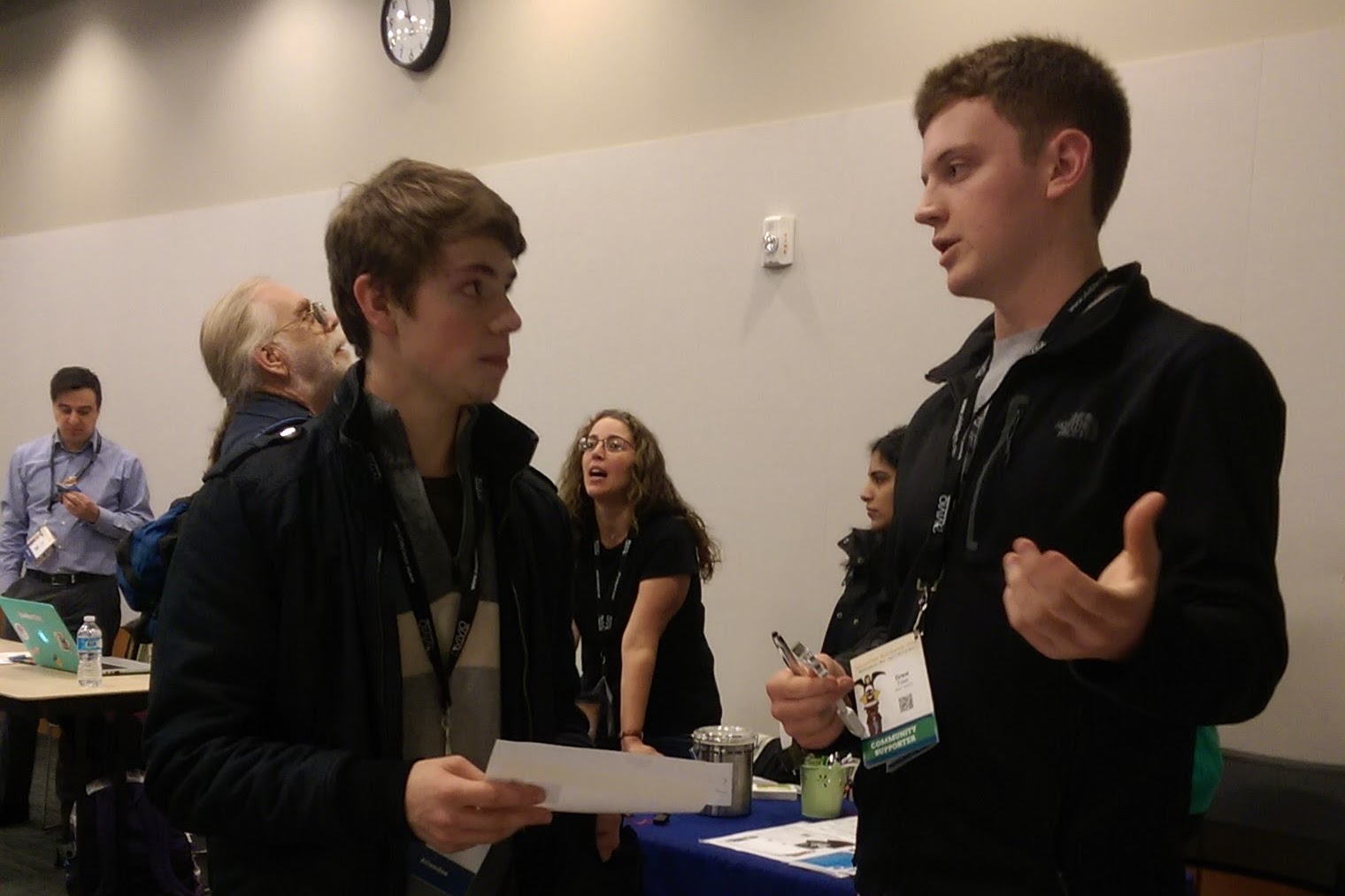


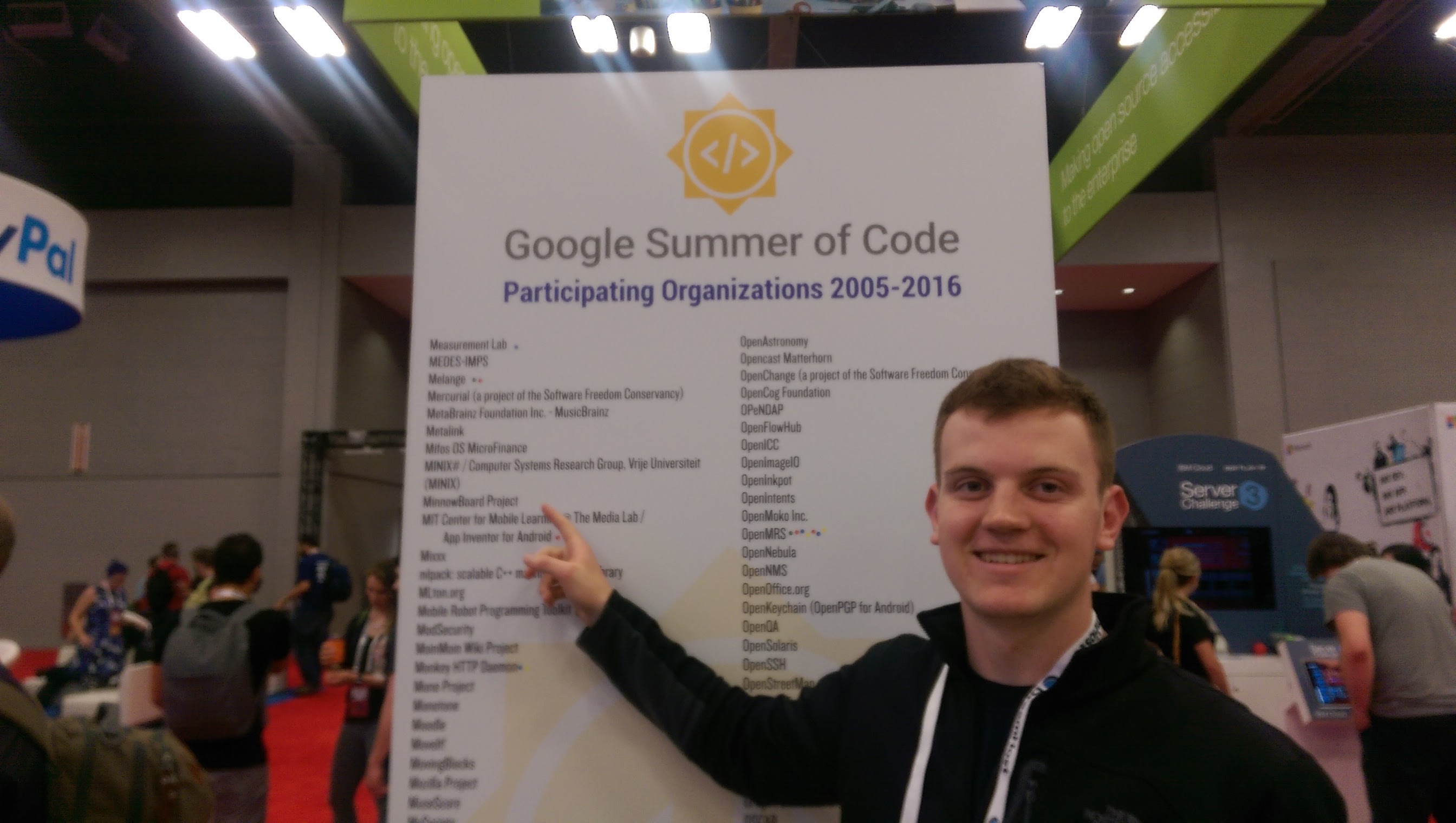 Before we recap the new features that the community will soon be able to benefit from, a round of thank you’s:
Before we recap the new features that the community will soon be able to benefit from, a round of thank you’s:
